The sun, a big fusion reactor, puts out about 3.8 x 1026 W (J/s). A good nuclear plant puts out about 1.0 x 109 W (J/s). Both operate per 𝐸=𝑚𝑐2 .
Renewable Energy Does Not Exist
Dear Readers, energy is not renewable and there is no such thing as renewable energy. Moreover, electricity generating devices such as wind turbines, solar panels, hydro, and other human-made contraptions are not renewable energy sources either.
Renewable energy and renewable energy contraptions are derived from the delusions and imaginations of sales and marketing, as adopted by the profiteering climate industrial complex.
Above: Rube Goldberg created many amusing contraptions, like this toothpaste dispenser, but for cheap.
Energy is not Renewable
The Law of Conservation of Energy, which is also known as the First Law of Thermodynamics, states:
Energy cannot created or destroyed (or renewed), but rather only transformed from one form to another.
Change in energy in a system is the sum of heat and work: ∆E = Q + W
Firstly, the sun’s energy is not renewable. In terms of our lifetime and millions of years before and after us, the sun's energy might appear self-sustaining or renewable, but it is not. The energy released from the sun is derived from a highly inefficient process called nuclear fusion, in which hydrogen atoms are fused into helium at only 0.7 % conversion efficiency. This mass to energy conversion is described by Einstein's equation:
The sun’s fusion mass to energy conversion is illustrated below:
Above: two hydrogen isotopes fuse and then spit out helium, a neutron, and energy per 𝐸=𝑚𝑐2
The low efficiency of the sun's fusion reaction is overcome by the high rate of fusion and the huge mass of the sun. The immense mass and gravitational field of the sun forces hydrogen nuclei close together so they fuse, defeating their otherwise repulsive forces.
The gravity on the Sun is approximately 28 times greater than gravity on Earth.
The composition of the sun is 71% hydrogen, 27.1% helium and less than 2% of all other elements. The excess hydrogen helps drive the fusion reaction and is still yet only 0.7 % efficient.
The sun releases energy at a rate of about 4.26 million metric tons per second, which produces the equivalent of 384.6 septillion watts (3.846 × 1026 W).
To put that in perspective, a good nuclear plant puts out about 1.0 x 109 W (J/s).
Above: the gravity of the sun bends space-time and is about 28 times greater than gravity on Earth.
Above: make-believe “renewables” are a blight on the planet and a massive waste of money and resources.
Renewable Energy Sources Do Not Exist
People claim that solar panels and wind turbines represent “renewable energy” or “renewable energy sources” but they can't be. This is due to the First Law of Thermodynamics we discussed earlier, plus the inconvenience that the sun is not a renewable energy source.
So called “renewable energy” sources such as wind and solar exemplify high inefficiency. This is because of they require enormous resources to manufacture, are intermittant, and must be disposed of. The grand result of most processes, especially in our modern world, is disorder and waste heat per the Second Law.
Above: like Sisyphus, we push the ball uphill to create things in our modern world. This involves doing work and creating waste heat along the way.
We do know that the sun drives everything on the planet, and without it, all matter mostly stops moving, vibrating and then freezes. We can also invoke the Third Law of Thermodynamics, which teaches us that without the sun, entropy and thermal energy trends to zero (The Big Freezing A).
Above: Entropy versus temperature plot for a single substance shows that colder temperatures decrease disorder as materials change from gas to liquid to solid (phase change). As substances thermal energy decreases, they eventually freeze into a solid or solid crystal with low disorder.
Fun Gedanken Experiments
The sun radiates energy upon a solar panel on a day without clouds. Solar panels are maybe 20-25 % efficient at first and then must be discarded after about 20 years. Not so renewable, right?
Wind turbines depend on wind which is caused by the heating and cooling of the earth by the sun. Wind turbines are maybe 30 % efficient (capacity factor) and must be discarded after about 15-20 years. Not so renewable, either.
Conclusions
The Laws of Physics can be interpreted in simple useful ways and one does not need advanced calculus or algebra to understand these concepts.
Energy is not renewable and there is no such thing as renewable energy.
The Law of Conservation of Energy, which is also known as the First Law of Thermodynamics, states:
Energy cannot created or destroyed (or renewed), but rather only transformed from one form to another.
Moreover, electricity sources such as wind turbines, solar panels, hydro, and other human-made contraptions are not renewable energy sources either.
We can only be more efficient because change in energy in a system is the sum of heat and work: ∆E = Q + W, and the Second Law, which teaches us that processes tend towards disorder. Entropy may also be interpreted as unfulfilled work.
Renewable energy and renewable energy contraptions are derived from the delusions and imaginations of sales and marketing departments (and profiteers).
Co-authors Comments Section
Dr. Gene Nelson on Sun and Uranium
Gene is involved in nuclear power advocacy and writes in a Substack about nuclear power, science and electrical infrastructure.
1. The Sun is a small star. Apparently, at the end of its life in about five billion years, the Sun will first expand then contract without undergoing a supernova explosion. As a consequence of its modest size, the fusion in the Sun only produces elements up to iron (Z=26.) [Z is the atomic number which is equal to the number of protons in the nucleus.]
2. Uranium is produced in extremely large stars during supernova explosions which produce the intense neutron fluxes and huge gravitational fields necessary to produce heavy elements such as uranium (Z=92.) Another possible source is large neutron star collisions. Nuclear reactors on earth allow a controlled release the energy captured by those ancient supernova explosions, estimated to be about 6 billion years ago.
3. As a consequence of very unique geochemical processes here on Earth which require the planet have water, uranium is significantly concentrated in the crust of the Earth. (The presence of water on Earth is related to the fact that Earth has the highest density of any planet in the solar system. The deep gravitational well of Earth attracted many icy comets during the past 4.3 billion years).
4. Earth has a molten core as a consequence of the decay heat being released in the planet's core. Radioactive decay contributes about half of the heat energy required to keep the core molten. A molten core with a large quantity of iron and nickel creates a planetary magnetic field which shields the Earth's atmosphere and oceans from being stripped away during 4.3 billion years of solar wind bombardment. (Mars does not have a molten core. Its atmosphere has been largely stripped away by the solar wind, one of the arguments against attempting colonization of Mars). - Gene Nelson, Ph.D.
Kilovar1959 on “Renewable Energy”
Kilovar1959 is a retired electric energy professional who writes extensively on his Substack.
One of the largest claims of the renewable energy community is that the “fuel” to drive, solar, wind, and tidal generation is free, but is it? Tuco’s Child has made a strong case that all energy in our home originates from the sun.
There is a reason we call the environment an ecosystem, it is indeed a natural order of systems that occur that makes life possible. Not the least of those cycles is the CO2 – O2 cycle of photosynthesis. Without CO2 the generation of life giving O2 is not possible. The point of this article isn’t to argue the point that fossil fuels or traditional hydro have no impact on the ecosystem, those impacts are well documented, but the claim that renewable energy has none.
For renewable energy to work, it must insert itself in a series with a natural process and remove energy from that process. The impact of removing energy from those natural processes remains largely unstudied, but it is certain that it has an impact. For example, solar interrupts the process of photosynthesis, it absorbs solar energy before it can be used to replenish atmospheric O2. Plant life is also a major component in the food chain for which all living things depend. There have been a number of left-leaning articles claiming that land shared with solar can produce different crops or be used for grazing. What is not discussed is the massive reduction in food yield per acre both in crops and in animal feed when the solar energy is restricted. Solar projects often call for massive deforestation to provide solar admittance, even though deforestation is a major cause of O2 depletion in our atmosphere.
Wind is what creates weather that moves moisture and regulates the temperature of the planet. Without wind the planet would be small slices of habitable zones with wide swaths of desert. Wind turbines quite literally steal energy of the Earth’s air circulation system. The assumption that the energy in wind is free for the taking with zero effect on the ecosystem would seem misguided at best. Again, the impact of their practices remains largely unstudied because negative press is extremely unpopular.
The removal of energy from the movement of tides has been well studied and it is known that it has an impact on the rotational speed of the planet. What is interesting is the studies that discussed these impacts no longer seem to be accessible.
TC and I are in agreement that there is no free lunch when it comes to energy. The popular belief that renewable energy is a panacea for all our energy woes is very much misplaced. It is the next cool thing that the in crowd wants to do, until we figure out it gives the planet cancer.

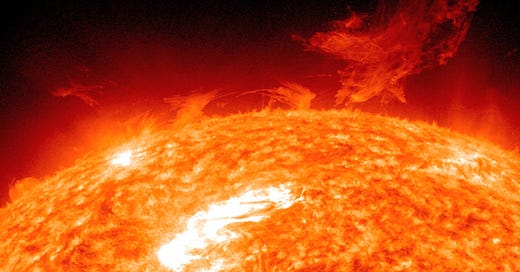





![World's Largest Rube Goldberg Machine [Video] - ChurchMag World's Largest Rube Goldberg Machine [Video] - ChurchMag](https://substackcdn.com/image/fetch/$s_!B66I!,w_1456,c_limit,f_auto,q_auto:good,fl_progressive:steep/https%3A%2F%2Fsubstack-post-media.s3.amazonaws.com%2Fpublic%2Fimages%2F7da85007-6fea-47d8-8ec1-b5ee5820be01_620x436.jpeg)


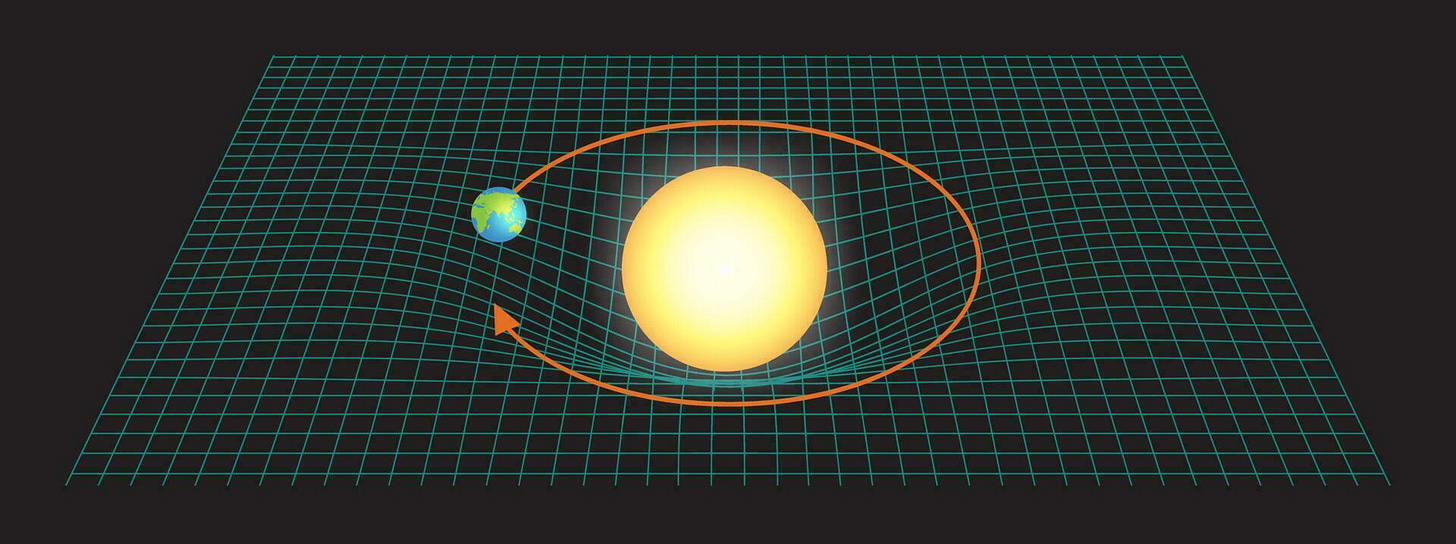
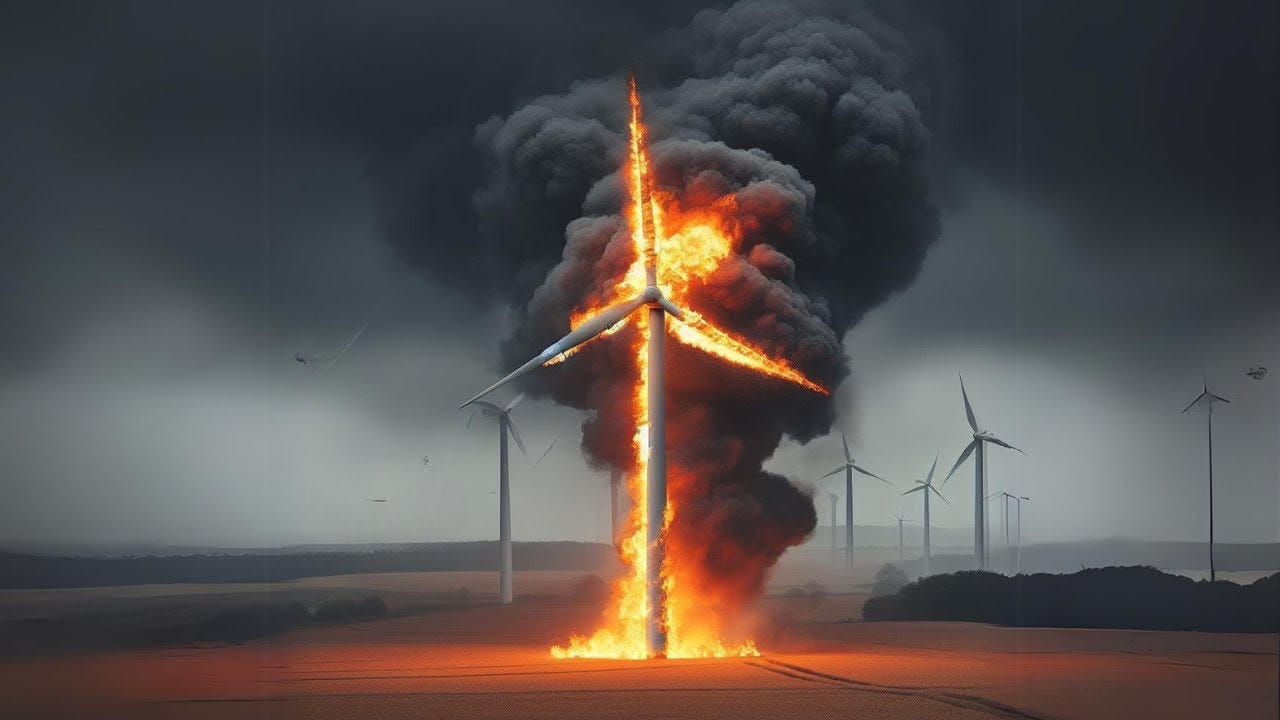

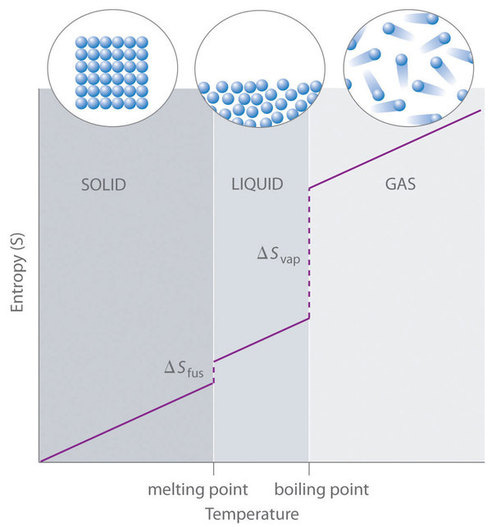



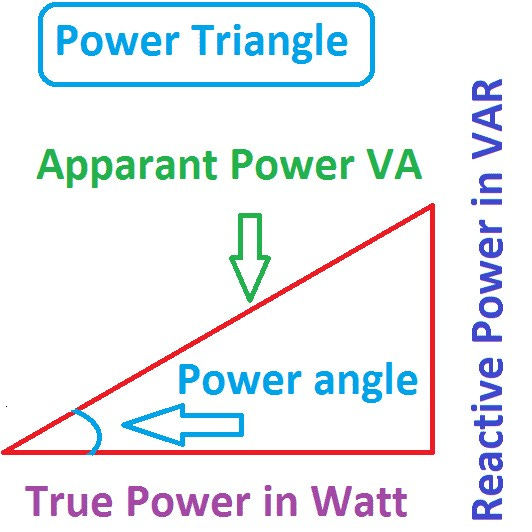


Meredith Angwin in her 2020 book Shorting the Grid: The Hidden Fragility of Our Electric Grid makes the case that so-called "Renewable Portfolio Standards" (RPS) mandates in states with ISOs or ROs are actually schemes to require just-in-time natural gas fired generation to back up the solar and wind generation. (RPS schemes discriminate against nuclear, large hydro, and coal-fired generation.) Electric grid reliability is being sacrificed in states with RPS schemes.
Given by how my feed is blowing up, looks like a successful piece TC. Thank you for the invitation to add my 2.5 cents, I don't want Al accusing me of stealing his moniker again. 😉